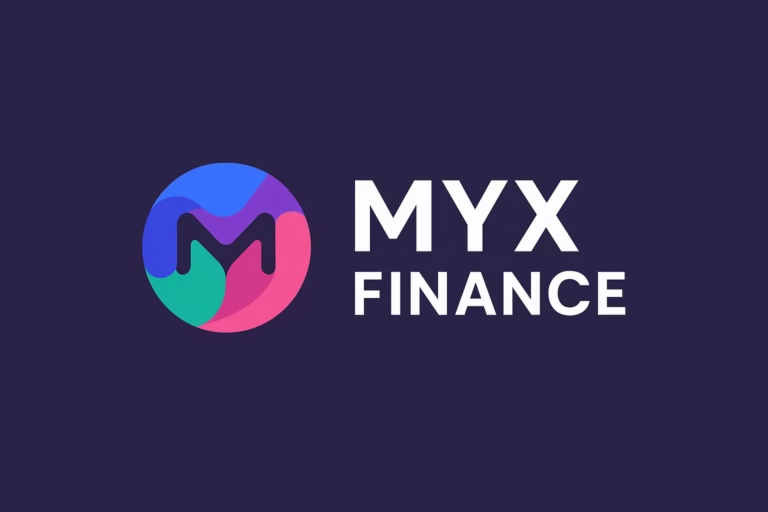
Chainlink Cryptonewsfocus.com
- Hong Kong CBDC pilot uses Chainlink to enable instant cross-border settlement with an Australian stablecoin.
- Major firms like Visa and ANZ support the project to explore secure digital asset transfers.
Hong Kong has taken a bold step toward redefining cross-border payments by leveraging Chainlink’s Cross-Chain Interoperability Protocol (CCIP) in its central bank digital currency (CBDC) pilot. The initiative, part of the e-HKD+ Pilot Program, links Hong Kong’s digital currency (e-HKD) with a stablecoin pegged to the Australian dollar—marking a key milestone in global financial innovation.
ALSO READ:IBIT Roars Past $70B as BlackRock Eyes Satoshi’s Bitcoin Throne
Chainlink Bridges Public and Private Blockchains
At the heart of the pilot lies Chainlink’s CCIP, which seamlessly connects permissioned systems like the private DASchain to public blockchains such as Ethereum’s Sepolia testnet. This interoperability enables atomic settlement—a simultaneous and risk-free transfer of digital assets between parties. In this test, the Australian and New Zealand Banking Group exchanged its A$DC stablecoin for e-HKD, instantly fulfilling both sides’ obligations.
This approach addresses one of the core issues in international settlements: the risk of one party failing to deliver. The pilot showcases how blockchain-based atomic settlement can eliminate these concerns while maintaining compliance and efficiency.
A Collaboration of Industry Giants
The project unites major financial players including Visa, ANZ, ChinaAMC, and Fidelity International. Together, they explored how investors could use Australian dollar stablecoins to purchase tokenized assets in Hong Kong, with the transactions ultimately settled in e-HKD.
Two token standards were examined—ERC-20 for e-HKD and ERC-3643 for tokenized deposits. The latter supports identity verification and other compliance features critical for secure cross-border finance.

A Glimpse Into the Future of Digital Finance
Hong Kong’s CBDC pilot is part of a broader effort to explore practical use cases for digital currencies. The HKMA began phase two of its CBDC program in September 2024 with 11 corporate groups involved. Final results are expected by the end of 2025.
Industry leaders believe these innovations could redefine global liquidity and transparency. Visa estimates that tokenized assets could form a $10 trillion market by 2030, while stablecoins may hit $3.7 trillion.
Chainlink’s CCIP and oracle network help make digital finance systems interoperable and scalable across over 50 blockchains.
This pilot proves cross-chain transactions work and signals a shift toward integrating decentralized finance with traditional systems.
ALSO READ:Ripple Launches Grants to Support Japan XRP Ledger Startups
DISCLAIMER:
The views and opinions expressed herein are solely those of the author and do not necessarily reflect the views of the publisher. The publisher does not endorse or guarantee the accuracy of any information presented in this article. Readers are encouraged to conduct further research and consult additional sources before making any decisions based on the content provided.




